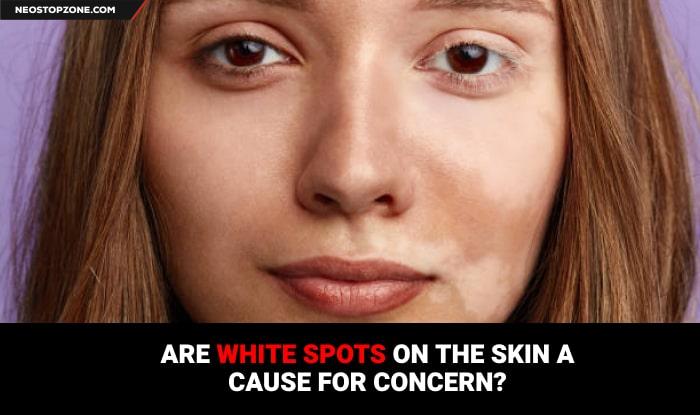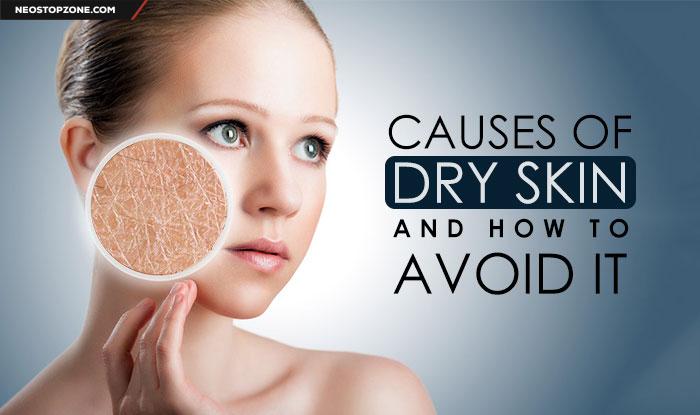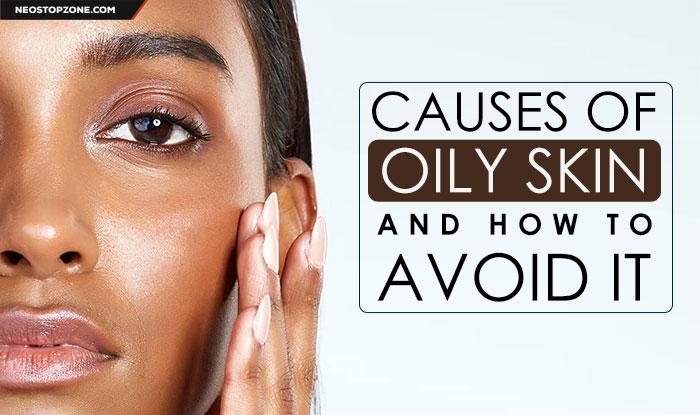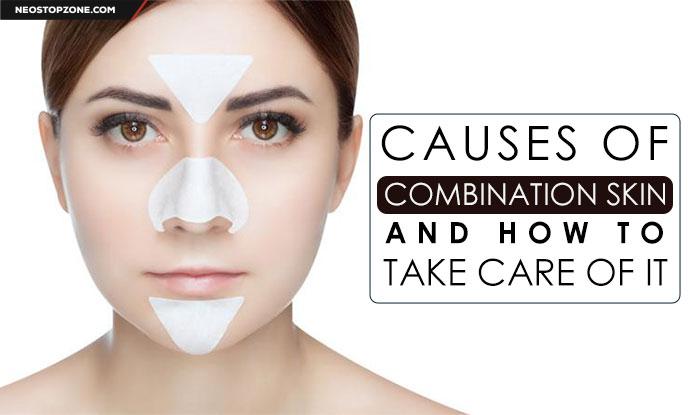The most worrying concern of people in India and the Indian subcontinent is related to white or yellowish lesions of skin diseases.

Clinically similar disorders most commonly seen in children include
vitiligo,
pityriasis alba (
PA), and
polymorphic leucine (
PLE). Dermatologist Dr. Vidushi Jain, Medical Director, Dermalinks, explains the reasons and remedies to keep your skin safe in summers.
Pityriasis Alba
A skin disorder called pityriasis alba, which usually affects the face of children, occurs very frequently. Although it has been suggested that atopic dermatitis is the source of pityriasis alba, its exact cause is uncertain. In addition to being red, pink, or white in color, lesions can be circular, oval, or irregular in shape. Usually, several spots can be seen together on the face and arms. The length of the rash can vary, from a few months to a year. There may be multiple lesions.
The lesions are evident on those with darker skin. Light-skinned patients will see a rash more often in the summer months due to the tanning of the skin. Young children are most often affected but pityriasis alba goes away with time. Unlike vitiligo, the loss of pigment here is not permanent and gets better with time.
Treatment –
Pityriasis alba sometimes gets better on its own without the need for medication. Moisturizer cream or lotion may be advised to retain moisture in the skin. To reduce swelling and discomfort, low-dose topical corticosteroids may also be recommended.
Polymorphic light eruption
It is a specific post-inflammatory syndrome that most commonly affects the parts of the body that are exposed to light, such as the forearms and back of the neck. When it heals, the skin may appear slightly white in spots. The patches are unstructured, lack distinct edges, and are very pale brown in color. It is a postponed hypersensitivity reaction to UV radiation and sometimes also to visible light.
Treatment –
They come back every summer and using steroid creams for a long time to reduce redness can sometimes result in white patches on the skin.
Vitiligo
It is distinguished primarily from congenital skin lesions characterized by acquired, well-defined, small to large patches on the skin, wet areas such as the mouth, genitals, and/or white hair. Several autoimmune diseases are commonly associated with it. The most common association among children is Hashimoto’s thyroiditis.
Its incidence rate is 0.1 percent to 2 percent and it occurs everywhere. The quality of life for people suffering from vitiligo is greatly affected by this serious skin condition. Although the exact causes of this syndrome are unknown, it appears that genetic, immunological, and neurological factors interact to cause it.
Treatment –
Therapy for vitiligo includes educating and reassuring young patients and their parents about the disease, thyroid testing, avoiding trigger factors, topical medication, and appropriate follow-up. By using self-tanning dye and camouflage gear, one can improve their appearance. Although unpredictable, vitiligo often progresses over time. Spontaneous reproduction occurs most (10–20 percent) in children, however, it usually affects only those parts of the skin that are exposed to the sun.




